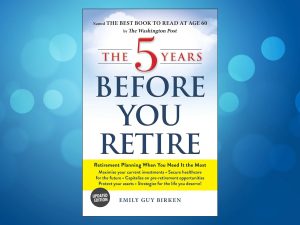A look at living with Parkinson’s
Described as a brief halt in voluntary movement such as walking, freezing lasts a few seconds to a minute and is most common when negotiating narrow spaces, such as moving through a doorway, or beginning a voluntary movement, such as getting out of a chair.
Speech can also freeze and you might not be able to begin a sentence or you might suddenly stop in the middle of one.
You are unlikely to freeze when walking up or down stairs, or on checkered or striped floor surfaces. This is because the patterns give your brain a ‘visual cue’ to keep moving.
Freezing usually develops late in PD, when your balance is also impaired. This combination can be dangerous and lead to falls. Treatment by a physiotherapist can be very helpful for dealing with freezing and other balance-related problems.
Here are a few suggestions for coping with freezing:
• If you experience freezing episodes, do not walk any distance alone.
• A visual or sensory ‘cue’ can get you going again when you freeze. Have a companion turn sideways and put one foot in front of yours. On a count of three, step over it and continue counting and walking until your stride is normal. Alternatively, ask your companion to stand in front of you, facing forward. Place your right hand on their left shoulder, and on a count of three, step forward together.
• Try carrying a cane. If you freeze while walking, turn it upside down and use the handle on the ground as a cue to step over and to get you going again.
Freezing should not be confused with prolonged “off” periods that occur in patients whose mobility fluctuates on a daily basis. “Off” periods should be discussed with your doctor because an adjustment in your medication might decrease your “off” periods.
Source: Pacific Parkinson’s Research Centre, University of British Columbia, Vancouver, BC
TIP #1
Some changes in a loved one’s condition are reversible if you address the underlying cause.
TIP #2
Help execute their most difficult tasks in the morning or when they are feeling the most alert.
TIP #3
Make checklists, such as, medication, exercise and safety reminders to use assistive devices.













